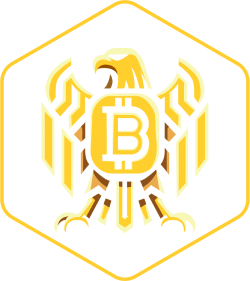Non-Fungible Token (NFT) Definition
Non-Fungible Tokens (NFTs) are special types of cryptographic tokens that represent a unique item or piece of content. Unlike cryptocurrencies such as Bitcoin or Ethereum, which are fungible and can be exchanged on a like-for-like basis, NFTs are unique and not mutually interchangeable, confirming both the ownership and the uniqueness of the asset.
Non-Fungible Token (NFT) Key Points
- NFTs represent unique digital or physical assets and can’t be replaced on a 1:1 basis.
- Each NFT has metadata which makes it different from other tokens.
- Although primarily associated with digital art, NFTs can represent any form of ownership.
- Ownership of NFTs are stored on blockchain, providing a transparent history of ownership and transactions.
What is a Non-Fungible Token (NFT)?
NFTs are tokens that we use to represent ownership of unique items. They let us tokenize things like art, collectibles, even real estate. They can only have one official owner at a time and they’re secure by the Ethereum blockchain. Essentially, they’re digital certificates linked to unique assets, whether virtual or physical.
Why are Non-Fungible Tokens (NFTs) significant?
In terms of blockchain technology, NFTs represent a major step forward by enabling the tokenization and trade of both digital and physical assets. This has implications for wide ranging sectors from art, where NFTs have most prominently been employed to date, to real estate and intellectual property.
When was the Non-Fungible Token (NFT) introduced?
NFTs have been around since 2015, with the emergence of Ethereum and its ability to create digital ownership through smart contracts. Cryptopunks and CryptoKitties were among the first NFTs to gain popularity, paving the way for a broader market.
Where is the Non-Fungible Token (NFT) used?
NFTs have been utilized predominantly in the realm of digital art. Individuals can buy, own, sell unique digital artworks as NFTs. However, the usage of NFTs extends beyond this; it could be employed in realms such as real estate, to signify ownership of physical properties, and more.
How does a Non-Fungible Token (NFT) work?
NFTs are created, or “minted”, on smart contract platforms like Ethereum. When an NFT is minted, a unique token representing a specific asset is issued. This token contains metadata that distinguishes it from other tokens. When this NFT is purchased, the ownership of the token, and hence the underlying asset, is transferred to the purchaser and this transaction is recorded on the blockchain.






